In the current situation, some companies have switched to full-time remote working for all their teams, while others have opted a hybrid model or a full return to the workplace. While working from home has its fair share of benefits, after a few months, some negative effects appear such as decreased motivation or a feeling of isolation. Here are six reasons why it is always relevant to physically gather within the workplace.
1. Socialization
We cannot say otherwise, socializing with our colleagues is one of the first things we missed when working remotely. Several companies have organized virtual activities to promote team cohesion. However, videoconferencing has its limits. The growing trend seen in recent years towards the presence of informal spaces in the workplace is not trivial. Individuals have a fundamental need to socialize and discuss their personal lives in order to improve synergies and thus promote collaboration.
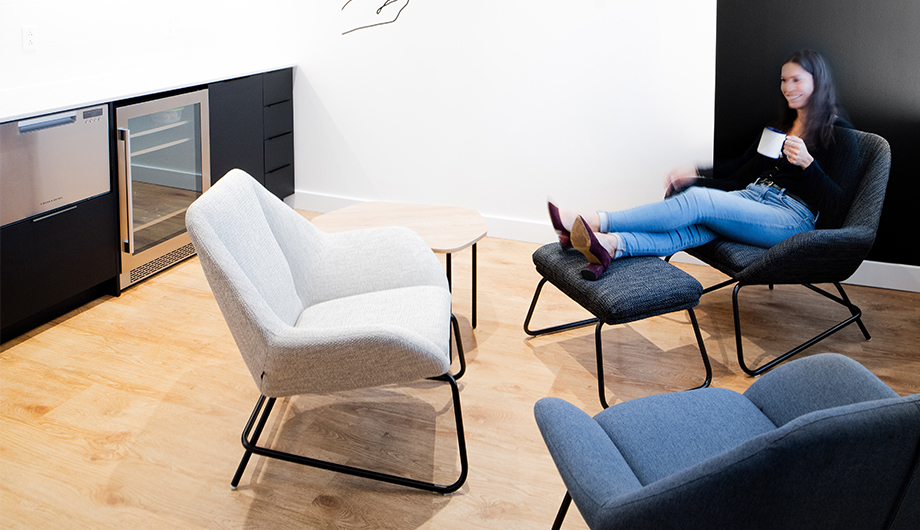
2. Innovation and creativity
Work environments abound in lounge spaces for spontaneous discussions, but also for teamwork in a creative way. For the success of a brainstorming process, an appropriate space including the proper tools is necessary. Collaborative spaces in the workplace encourage the emergence of new ideas, reflections and solutions. Videoconferences do not encourage everyone to participate. Some are less attentive or participatory in the processes of virtual exchanges. In person, the brainstorming session will not be interrupted by audio cuts, a frozen screen or any other technical difficulties. Creativity and innovation will be free to develop fully!

3. The feeling of belonging
As teams work remotely in separate locations, the sense of belonging crumbles with the passing weeks. Work environments are designed to convey the culture and values of the company. In telecommuting mode, some may feel detached from the organization and find themselves less aware of its decisions. This sense of belonging is important today and is necessary to keep talent engaged. People need to feel like they are an integral part of the business, and physical places play a huge role in this.
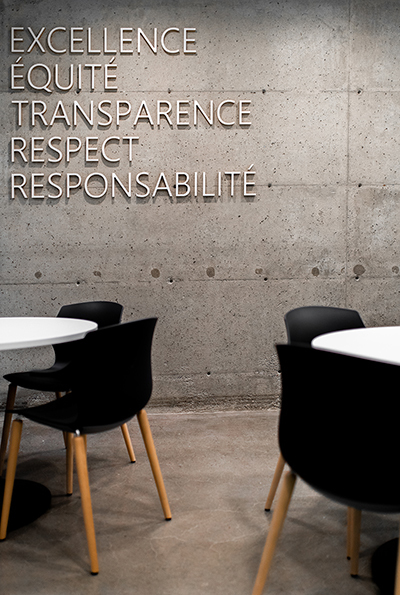
4. Access to technologies
While many companies have invested in providing a suitable home workspace, it may be more complex for some employees, due to the nature of their job, to have access to all of their tools. In any case, it remains clear that work environments are better designed to accommodate different technologies and to provide employees with the equipment necessary for different tasks.
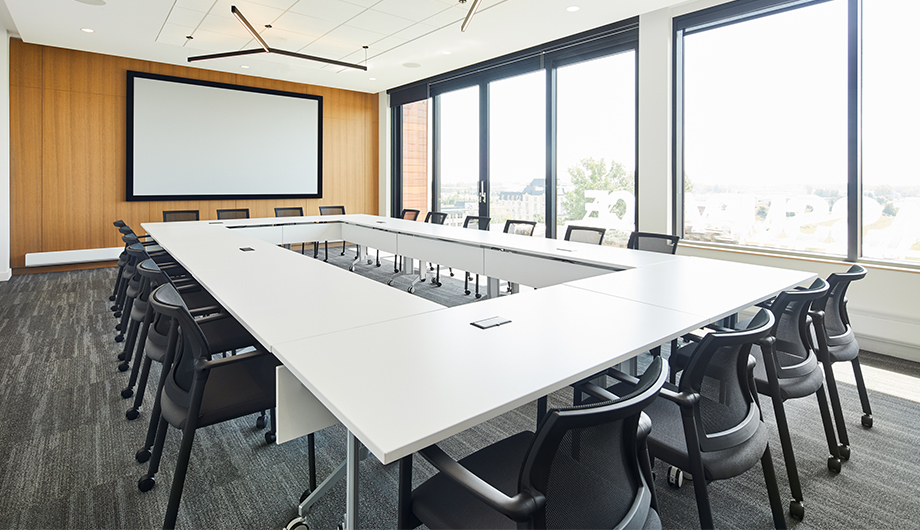
5. Ergonomics
Workplaces are designed to promote good posture and offer a variety of areas for varying positions throughout the day. For some, ergonomics are far from being met at home. They are set up on a corner of the dining room table, on the sofa or on the kitchen island. These choices of bad ergonomic postures generate discomfort and can lead to long-term injuries, in addition to having an impact on employee productivity.
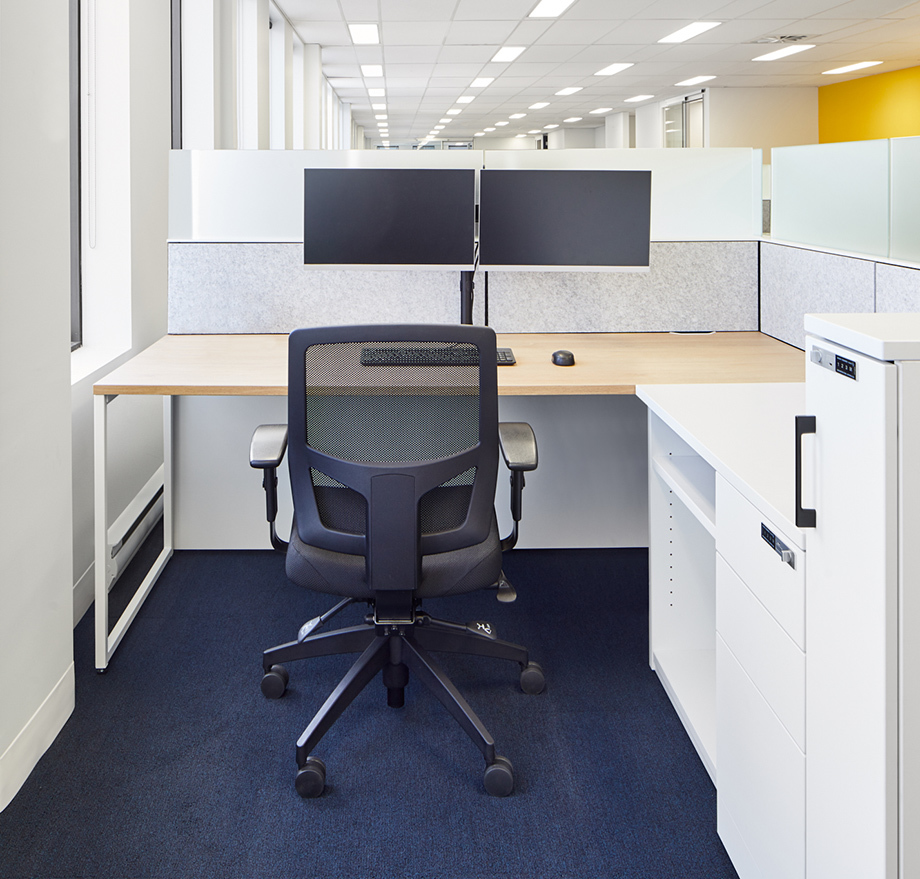
6. The well-being
Work environments also help to counter a sedentary lifestyle. Individuals walk or ride their bicycle to get to the office, they get up to go get a coffee or to go to a meeting. From now on, they find themselves constantly seated and static in front of their screens, not to mention "Zoom fatigue" 1. This new phenomenon consists of cerebral numbness following a videoconference caused by the overload of visual and auditory information as well as by the loss of the communication cues to which we are used to, in particular the body language. This concept can result in headaches, sleep disturbances and reduced concentration.
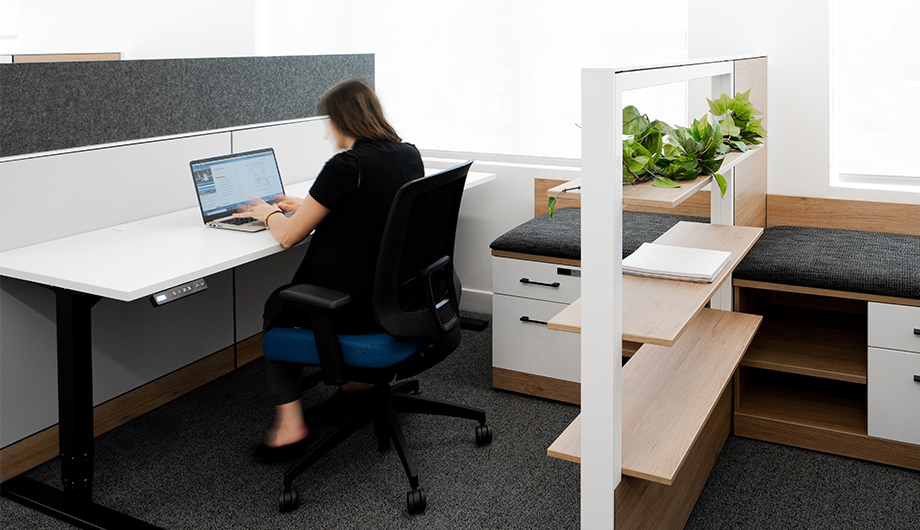
Several studies show that working full time from home is not recommended, but should rather be offered as a hybrid model. Factors such as the personality of the employee, the nature of the job or the stage of career must be taken into account in determining the optimal number of days.
Workspaces need to be redesigned to adapt to the new reality, of course, but they certainly still make a difference. These well-appointed environments promote team cohesion, corporate culture, well-being and productivity.
You want to create a working environment adapted to your business? Tell us about your project!